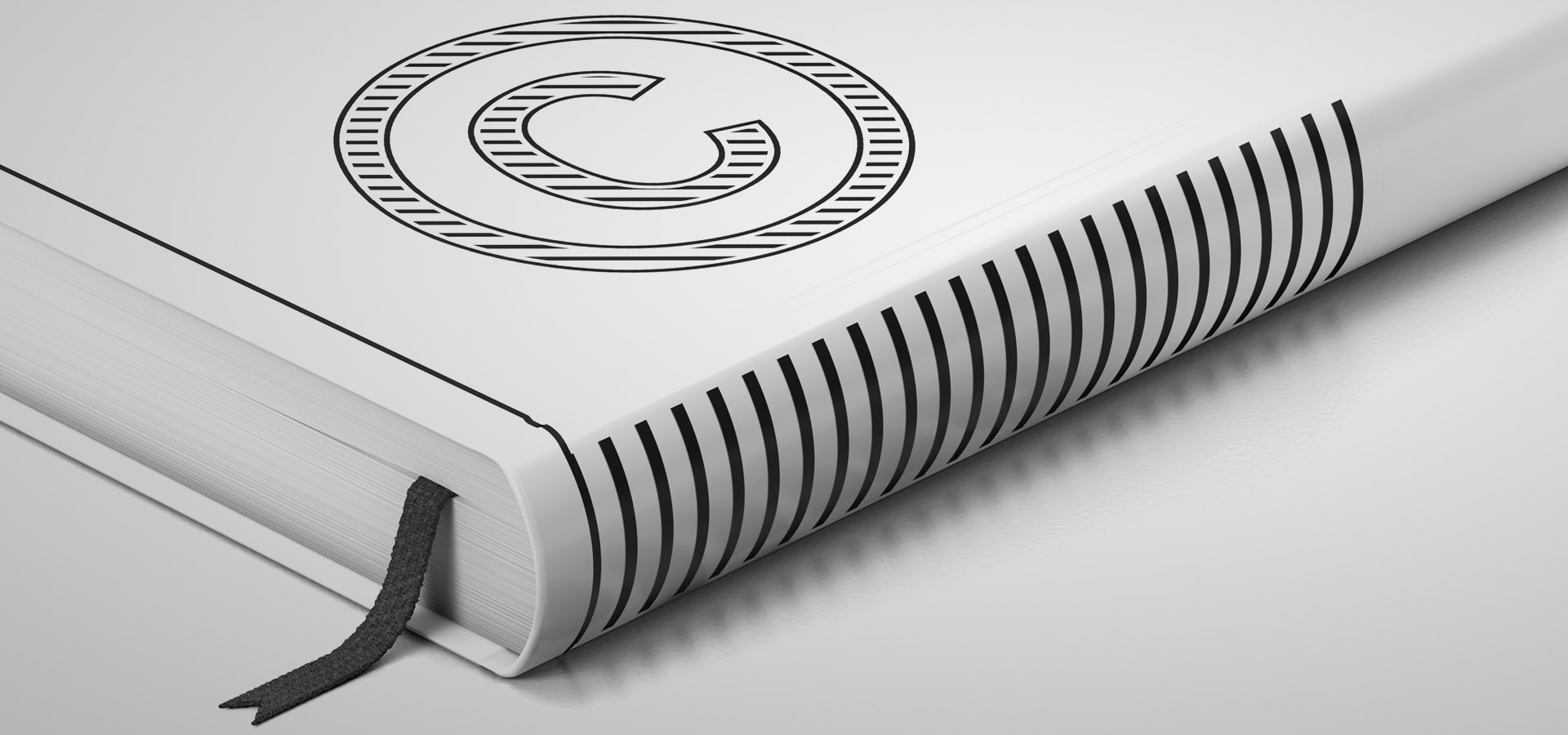
FAIR USE
Fair use is crucial to practitioners of the video essay form. This concept originated in the United States, and is tied to copyright law. Specifically, it is an exception to the exclusive right that copyright law gives to the author of a creative work.
Fair use allows for the use of copyrighted material without first asking for permission from the rights holders. For some endeavors, one is permitted to make use of copyrighted material: when engaging in criticism or commentary, in research or in teaching for example.
Just citing fair use when you make a video essay doesn’t make it so, however. As the popular video platform Vimeo states:
“There is no simple formula or method to easily determine whether a particular use of a copyrighted work is a fair one. The copyright statute gives us four factors to apply on a case-by-case basis:
- The purpose and character of the use, including whether such use is of a commercial nature or is for nonprofit educational purposes.
- The nature of the copyrighted work.
- The amount and substantiality of the portion used in relation to the copyrighted work as a whole.
- The effect of the use upon the potential market for or value of the copyrighted work.”
Video essayist Nelson Carvajal has written about his run-ins with copyright law, and the fair use defense, on Indiewire’s Press Play blog.

